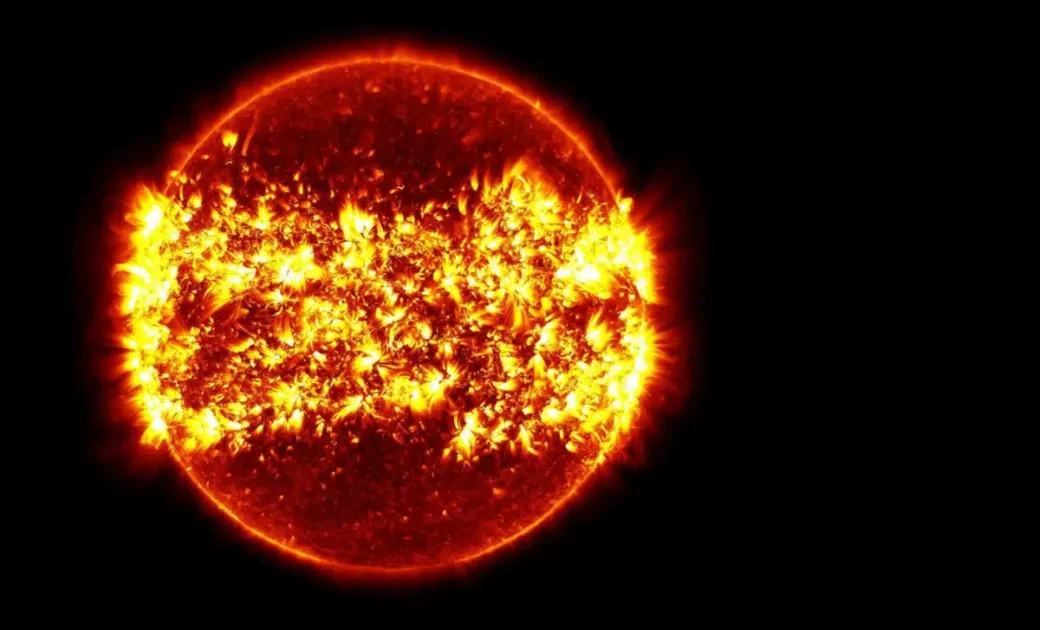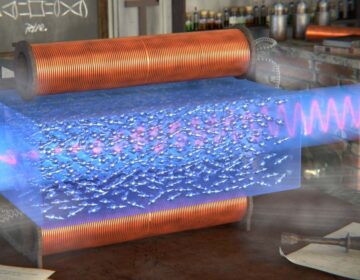Scientists at the University of Hawai‘i have discovered why it “rains” on the Sun, revealing that changing elemental makeup drives the mysterious downpours of plasma.
It rains on the Sun, and scientists have finally uncovered the reason why.
Unlike the water droplets that fall on Earth, solar rain occurs within the Sun’s corona, a region of extremely hot plasma that extends above its surface.
This phenomenon involves cooler, denser clumps of plasma that condense high in the corona and then descend back toward the Sun. For years, researchers struggled to understand how this process could happen so rapidly during solar flares.
“At present, models assume that the distribution of various elements in the corona is constant throughout space and time, which clearly isn’t the case,” said Benavitz. “It’s exciting to see that when we allow elements like iron to change with time, the models finally match what we actually observe on the Sun. It makes the physics come alive in a way that feels real.”
The new finding means solar scientists can better model how the Sun behaves during flares, insights that could one day help predict space weather that affects our daily lives.
Earlier models required heating over hours or days to explain coronal rain; however, solar flares can happen in just minutes. The team’s work shows that shifting elemental abundances can explain how rain can quickly form.







